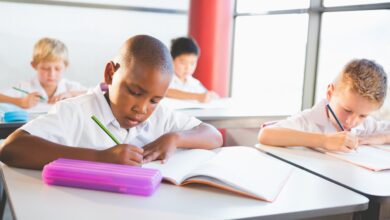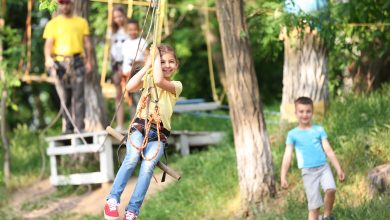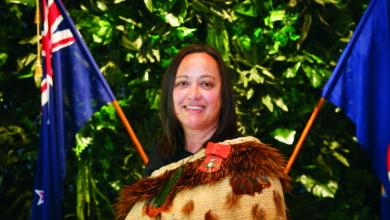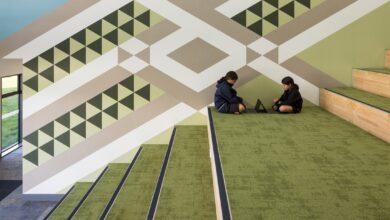Tihei Mauri Ora: Breathing new life into a community school
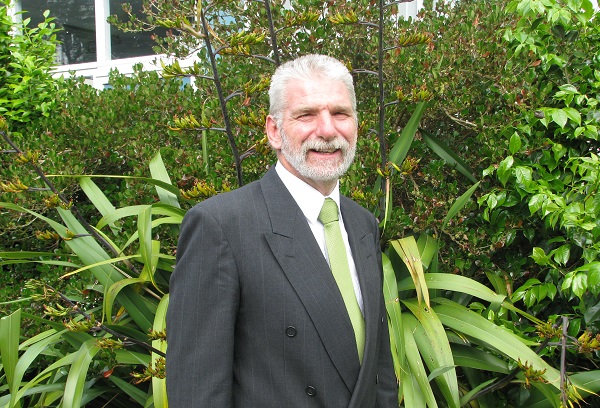
Only four years ago, Ngaruawahia High School was in crisis mode. The roll was on a steady downward spiral, financial woes were considerable, and behavioural troubles were a feature of everyday school life.
Today, everything is looking up for the decile two school in the Waikato – enrolment numbers, attendance, achievement – and most of all, the confidence of its community. What happened in between is principal Chris Jarnet. Here, Chris tells his story…
Late in 2012, Ngaruawahia High School presented with a number of significant governance, management and operational issues. Of the 850 students who lived in the school’s bus zone, 670 elected to travel to Hamilton schools to attend their de facto school of choice. From 2000, when the school roll was approximately 400 in number, through to 2012 the school experienced a 55 per cent roll decline. In 2012 the school roll was slightly less than 200. Contributing to the school’s problems were non-teaching employment levels and operational structures typical of a school twice its size.
Operating a budget with a deficit of approximately $45,000 per annum for the past 15 years had also compromised the school’s financial viability and challenged the amount of resource that could be apportioned to teaching and learning.
In 2012, ERO brought to the board’s attention a number of long-term teaching and learning issues which were further evidenced in the school’s attendance and student achievement data. The board recognised the school’s plight and approached local Ministry personnel for advice and assistance. The Ministry appointed Lex Hamill as a statutory interventionist with the vested powers of finance, personnel and curriculum. Following the LSM’s appointment in February, 2013, I was employed as the acting principal.
For the previous three years no student had transitioned onto university and attendance rates across the school were in the order of 65 per cent. As a consequence, the interventionist consulted with the board and acting principal and recommended that the school revisit its vision and pedagogical thinking as the ‘industrial model’ usually aligned to supporting 15 per cent of the community’s population heading to university was not working.
Rather than addressing the issues of finance and personnel in isolation it was decided to set up a new authentic pedagogical framework from which to reference all teaching and learning programmes to ensure that what was delivered in the classroom was authentic and contextualised to meet the needs of the students from the local community. As a result, it was decided that an inquiry-based program be offered as per the tenets of the 2007 NZC at years nine and ten with dual qualifications pathways offered at years 11 to 13 which enabled a student to head onto further tertiary training or employment through innovation possible within the vocational pathways initiative.
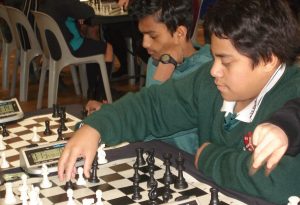
The interventionist was also concurrently employed as a governance facilitator in a number of newly established schools and advised the board that change of this magnitude would be enhanced if there was a reconsideration of the property portfolio. As a consequence, 5YA funding was targeted towards altering the school’s Nelson Plan library and reconfiguring the interior layout to represent the tenets outlined in the modern learning environment checklist. Mid-2014, the school library was recommissioned as an innovative learning environment with the expressed intent to support educational initiative and force pedagogical change.
The inquiry program established is based on a variety of pedagogies including the Fluency 21 project with constant consideration and reference to the five key competencies identified in the 2007 NZC. At Ngaruawahia High School the curriculum plan at years nine and ten contains three key elements; these include mastery, skills and knowledge contained within the three core learning areas of English, science and mathematics along with social inquiry and design thinking. Social inquiry lends itself to large collaborative impact projects while design thinking utilises the areas of technology and the arts which allows students to pursue passion projects and individual endeavours.
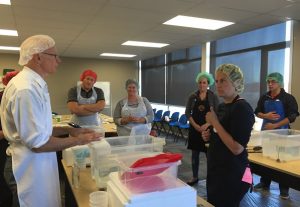
During the fit out of the school library, the completion date was delayed by six months which required some deft footwork when setting up the year nine and ten program at the beginning of 2014. In the absence of a teaching space, because of the delay in commissioning the school library, the hall was converted into a teaching space for the 90 year nine and ten students. The start of the school year saw the students engaged in researching what is a modern learning environment, how is the teaching and learning different from the more traditional didactic model followed by what furniture is required to set up such a space.
Having researched this focus of inquiry, the students set about designing and building the furniture themselves to a standard such that it was used in the decommissioned hall for all of terms one and two. Assessment of the students’ work included parents attending an evening where they gave feedback as seen on the reality television show, The Block, on the furniture.
Other inquiry foci include hosting a language festival, Te Tiriti o Waitangi expo, and the design and building of an eco-village. During 2015, an inquiry was set up to understand the stories that have shaped the Ngaruawahia school community. This inquiry culminated by presenting the story in the form of a production at the Koroneihana. On the final night of the performance, 2000 people from the local community were in attendance at Turangawaewae Marae to applaud the students’ efforts.
Other initiatives include making available Chromeboooks for every student, setting up a WINTEC outpost on site, opening the school up to the community, planning for making the school the digital hub of the community along with increasing the number of sports teams from three to 36 over the next three years.
What are the outcomes we have witnessed as a consequence of the changes implemented? Student attendance has risen from 65 per cent in 2012 to 87 per cent in 2015. For the past two years, the school roll has increased year on year by 15 per cent. In 2016, the year nine roll grew to 70 which is an increase of 45 students when compared to the 2013 year nine intake. Level 2 achievement sits at or slightly above national norms, 75 per cent of year nine students in 2014 recorded an increase in AsTTle scores, while at year ten there was a 51 per cent increase. During 2013, the school had one of the highest rates for stand downs and exclusions in the country. Since 2014, there have been no exclusions.
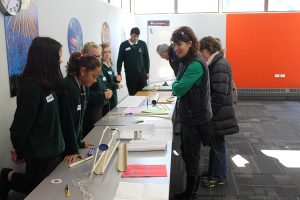
One indicator that is not mentioned in league tables is vandalism. to the intervention there was significant damage to the school during the Christmas period resulting in the need to spend approximately $12,000 on repairs. Since embarking on these changes, the fence around the school has been taken down and vandalism of the sort previously report is nil. This is probably one of the strongest pieces of evidence confirming that the community has re-engaged with the school and is breathing new life. This re-engagement with our community has resulted in a 40 per cent roll increase in 2016. So the school and the community’s journey continues, and we are looking forward to the rebuilding of our infrastructure and new ILE.
Ngaruawahia High School is a state-funded secondary school, decile two, with 222 enrolled students.



